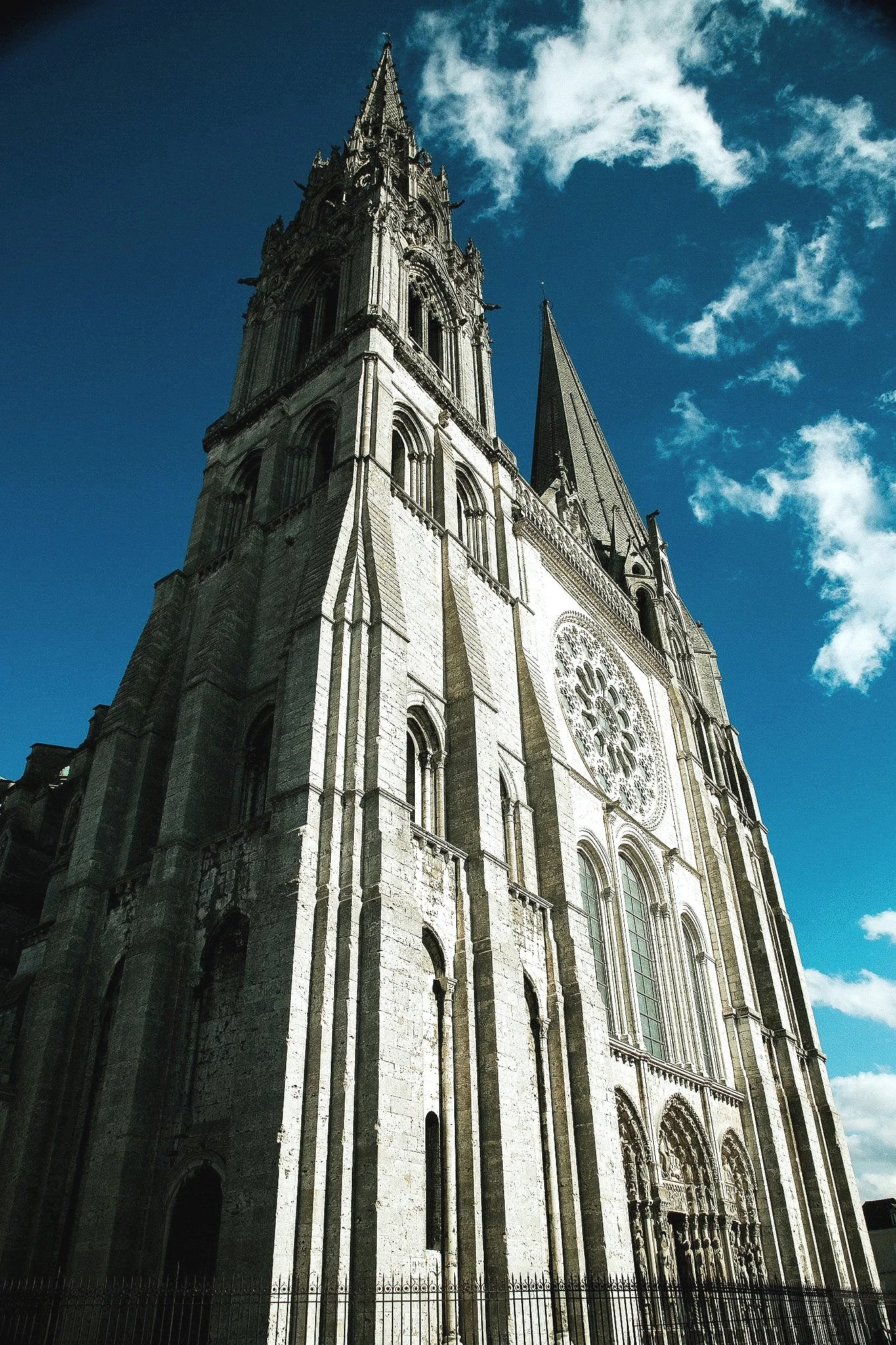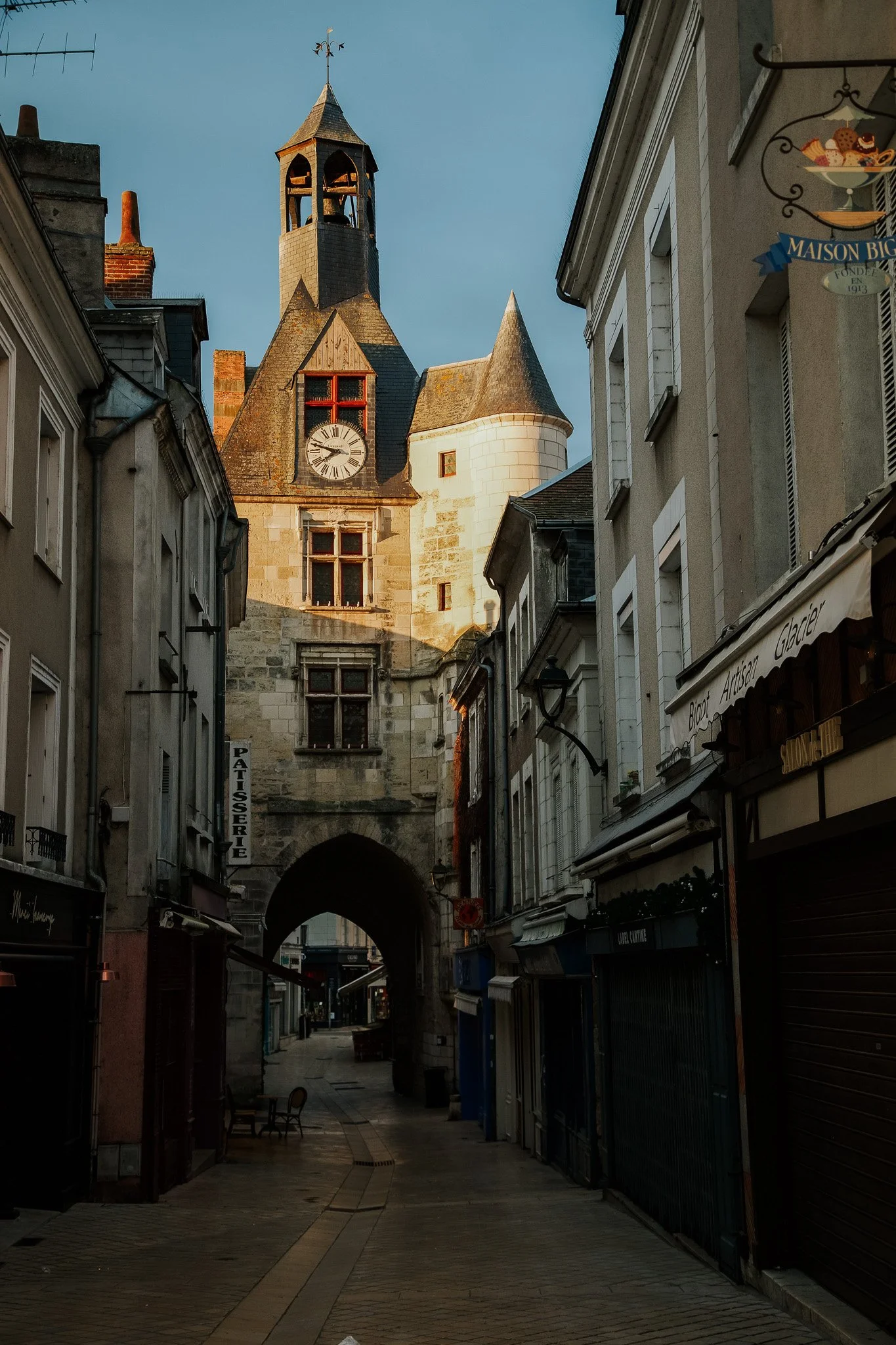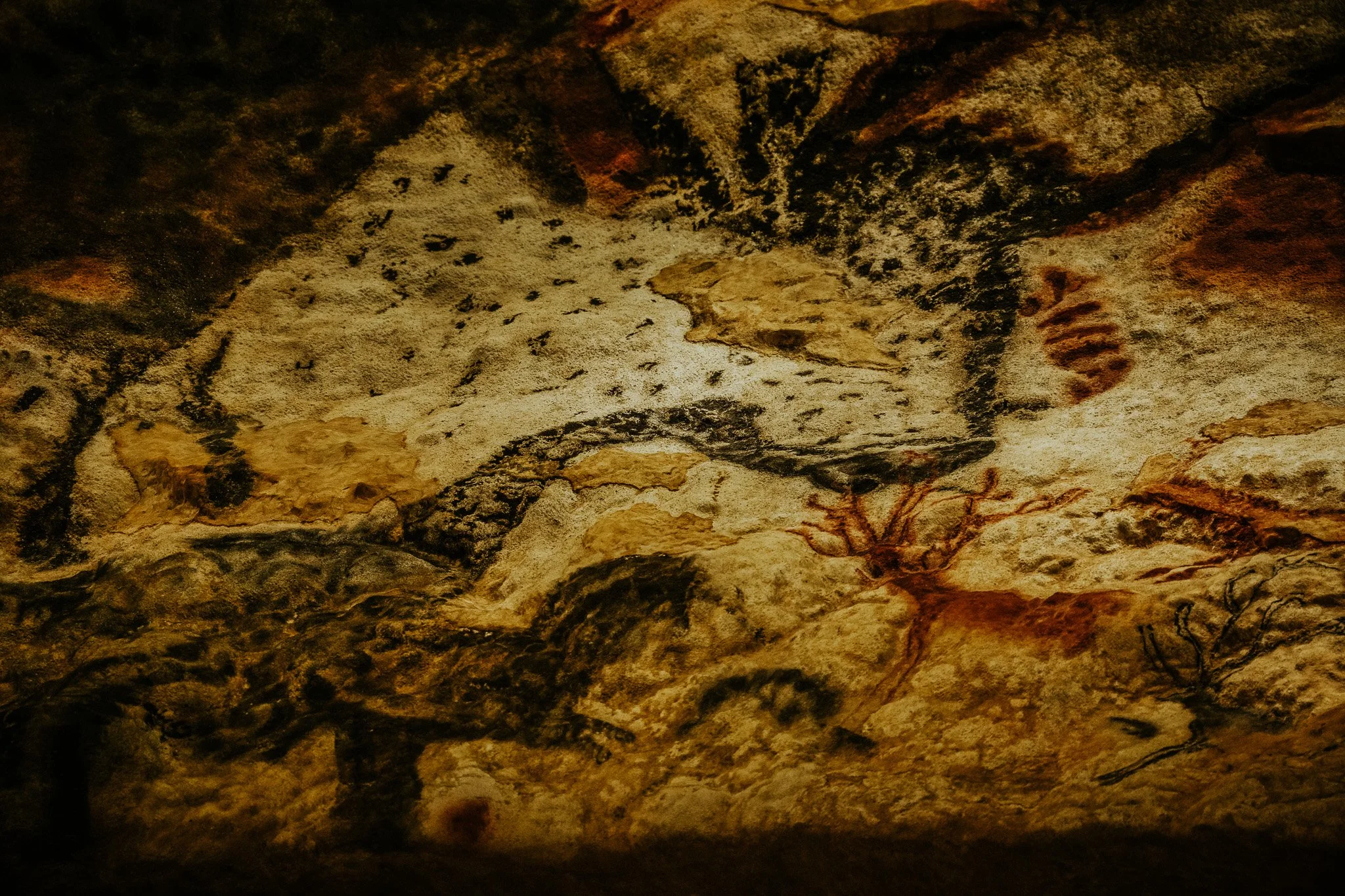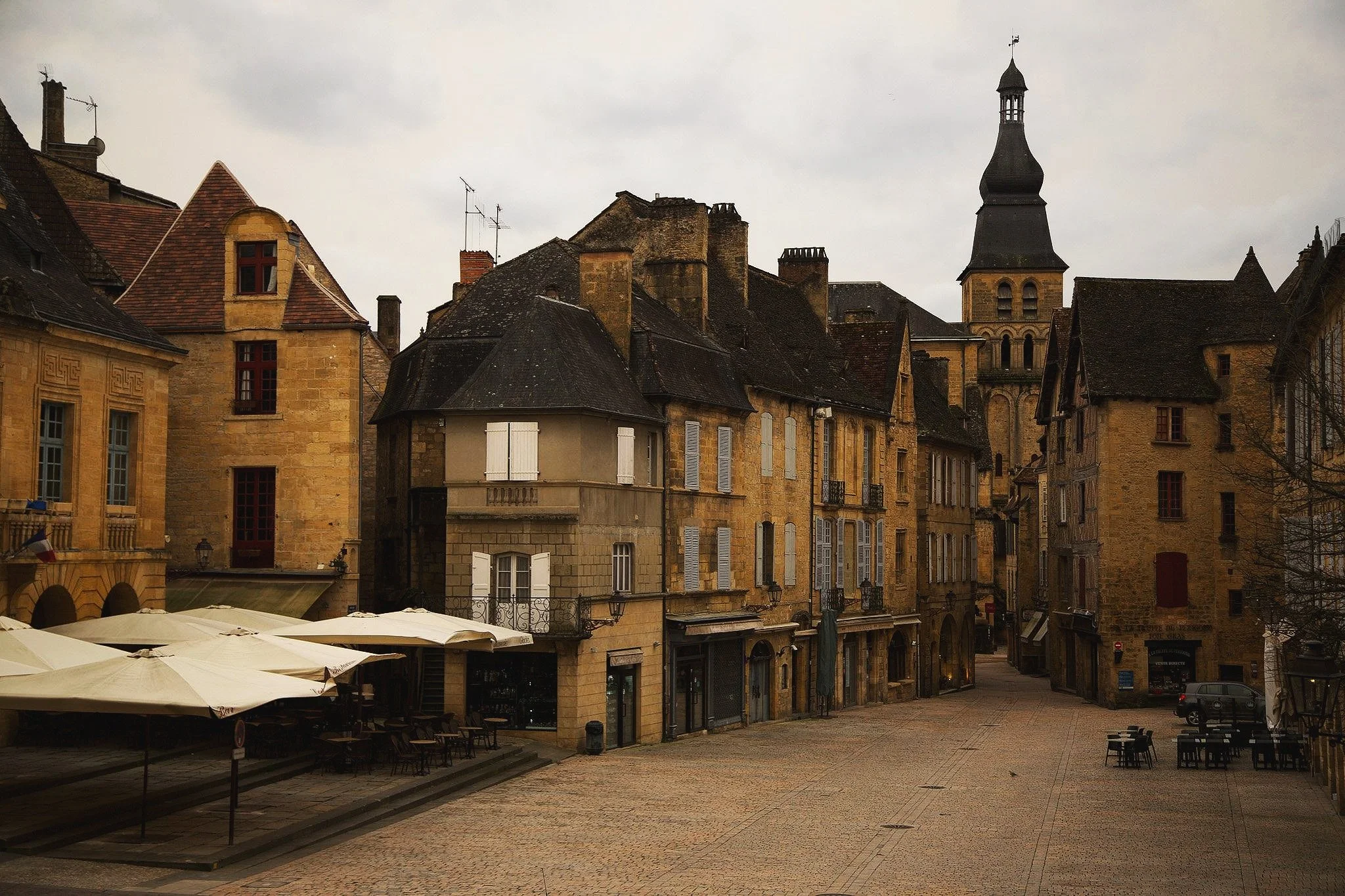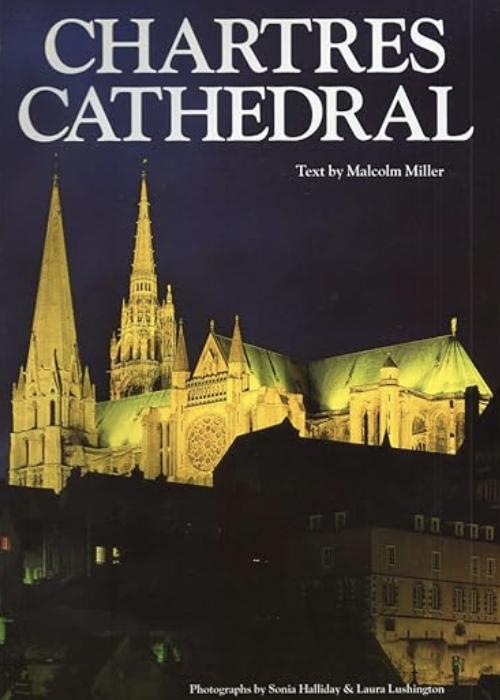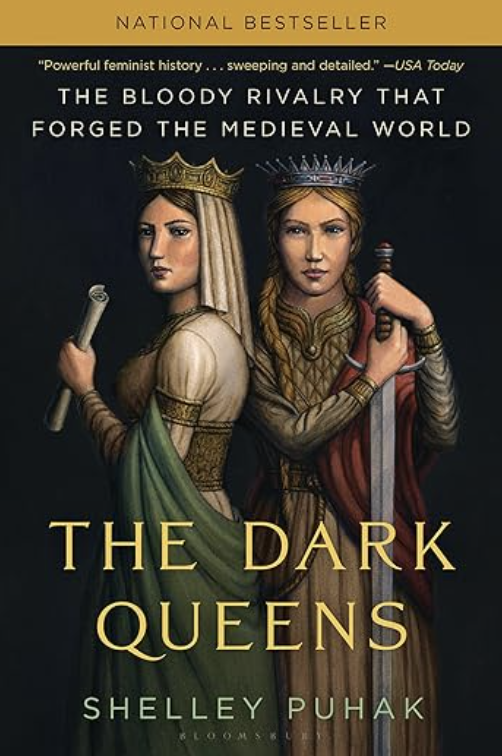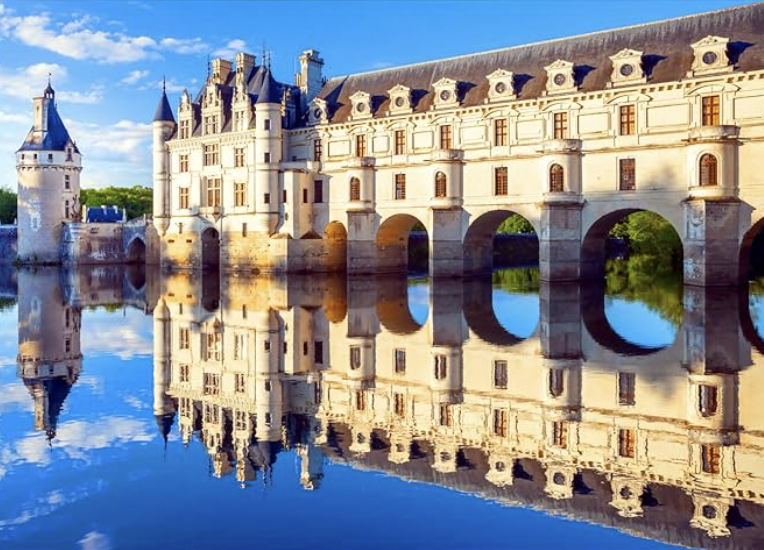
Before you Go
central France for adults and teens
video clips
Books
.
documentaries
movies
puzzles
articles
Video Clips to watch before you go to central France
Chartres Cathedral 18:55
France’s Loire: Chateaux Country 25:44
Lascaux’s Prehistoric Cave Paintings 4:32
The French Village Annihilated by the SS 24:27
.
Documentaries to watch before you go to central France
-
Chartres Cathedral is over over 800 years old, but today's experts are only starting to unveil its secrets. It's a medieval superstructure, one of the first Gothic cathedrals in history, wider and taller than Notre-Dame de Paris. Ultra-realistic computer-generated imagery and interviews with architectural specialists reveal all the secrets of Chartres. Click here to watch.
.
-
A 15th century polymath of soaring imagination and profound intellect, Leonardo da Vinci created some of the most revered works of art of all time, but his artistic endeavors often seemed peripheral to his pursuits in science and engineering. Through his paintings and thousands of pages of drawings and writings, Leonardo da Vinci explores one of humankind’s most curious and innovative minds.
-
The Loire Valley has been the playground of kings and noblemen for three centuries, spurring the construction of countless castles, each more opulent than the last. Click here to view.
-
The story of the massacre of an entire French village, Oradour-sur-Glane, in WWII by the German SS. Click here to view.
-
Crossing more than six départements over almost 500 kilometers, the Dordogne river winds its way through varied, sumptuous landscapes and a heritage of rare richness. In the upper Dordogne valley, stretches of untouched land invite both contemplation and discovery. In the heart of Périgord Noir, a region marked by the Hundred Years' War, the subsoils hide as many treasures as the many castles.
-
The Loire Valley offers an infinite range of sumptuous landscapes and monuments. Among its lush forests stand some of the most beautiful châteaux in France,where entire pages of history have been written. This mythical land, through which the Loire flows, is home to Le Clos Lucé - Leonardo da Vinci's final resting place - the famous Château de Chambord, as well as Fontevraud Abbey.
-
Werner Herzog's award-winning 2011 doc is a thrilling study of 32,000 year old cave paintings recently discovered in Southern France. Click here to view.
-
A building lost in the midst of a 12000 acre park, Chambord is the castle of all superlatives. There are over 400 rooms and 77 stairways. For more than five centuries its design has aroused curiosity. All the plans and archives relative to the building were mysteriously destroyed in a fire. Does Chambord have a secret to hide? The question is all the more mysterious.
movies to watch before you go to central France
-
In this Cinderella story, a 16th-century woman who is treated as a servant by her stepmother, ends up winning the heart of the French prince.
-
The inhabitants of Villeneuve awake one morning in June 1940 to find the German army has moved in - and the occupation of France has begun.
-
“The Serpent Queen” tells the story of Catherine de Medici who, against all odds, became one of the most powerful and longest-serving rulers in French history.
.
-
Lily, a spirited French artist with an insatiable curiosity, wanders into a dimly lit antique gallery in Paris, where the air hums and crackles with the weight of forgotten history. Her gaze is drawn to a hauntingly beautiful painting-one that seems to whisper secrets only she can hear. As she steps closer, an unseen force grips her, pulling her beyond the canvas and into a world not her own. She is transported into the 18th-century France. Bewildered, her awe soon gives way to unease as she realizes she is trapped in a time long past. But she is not alone. Pierre, a dashing nobleman whose charm is only matched by his intrigue. He takes her under his wing, guiding her through the grandeur and peril of a world she has only seen in history books. But Lily's knowledge of the future is dangerous, and as whispers of her presence spread, a shadow of an unnatural man lurks at the edges of Pierre's chateau. The mysterious figure watches from the darkness, his intent unknown, slipping through the night, circling Pierre's chateau like a ghost from the past... or the future. As his presence grows more menacing, one question remains: What does he know about Lily, and why does he haunt her every step?
-
Famed mime Marcel Marceau (Jesse Eisenberg) joins the French Resistance after witnessing the violence of the Nazi regime. Using his skills as a performer, Marceau helps transport children orphaned by the Holocaust to safety. Based on a true story.
-
A mysterious woman and her daughter open a chocolate store during Lent in a very conservative French town causing turmoil with the moral-minded mayor as the citizens are tempted by the sweet confections that magically change their lives.
articles to read before you go to central france
The History of Chartres Cathedral
3-D Models of Leonardo’s Inventions
.
Butchery in Limonges
A French Garden of Fantastical Topiary
The Stained Glass of Chartres Cathedral
Leonardo Da Vinci Timeline
The Lure of Limonges
Dordogne of the Middle Ages
The Unsolved Mystery of the Loire Valley
Mona Lisa: Woman Behind the Smile
Hall of Bulls
History of the Dordogne
Chateau de Chenonceau
Oradour-sur-Glane: Martyred Village
Castlelnaud’s Medieval Warfare
Where to Eat in the Dordogne
Books to Read before you go to central france
-
The author is the world's foremost authority on Chartres, and is in residence there most of the year. He shows us the history of the cathedral and teaches us how to "read" the world-famous stained glass and sculpture, explaining the references to Scripture and the teachings of the Church.
Chartres alone, of all the great medieval churches, has survived into the 20th century almost intact, not only architecturally but with its vast inconographic program in 12th-and 13th-century stained glass and sculpture.
Medieval art was intended not just to embellish the church but to instruct the people, for there was no printing. Scholars could therefore teach their students, the clergy preach sermons and parents read the lives of the saints to their children using the 'texts' in stained glass and sculpture. The sister churches of Chartres have been sadly vandalized to varying degrees by Reform, revolution, war or natural disaster. Here in Chartres the 'text' is virtually complete.
A concise glossary of symbolic images has been included as well as a complete plan of all the windows in the cathedral, and an index.
-
Built around 1200 and now a UNESCO World Heritage Site that draws more than a million visitors and pilgrims each year, Chartres Cathedral is one of the jewels of Western Civilization. How Chartres Cathedral and its priceless stained glass (today the largest such collection in one location) survived World War II’s widespread destruction of cultural monuments is one of the great stories of recent history.
Saving the Light at Chartres begins half a decade before World War II, when a young French architect developed a plan to save the cathedral’s precious stained glass. As war engulfed Europe in the fall of 1939, master glass artisans dismantled the hundreds of windows, and soldiers, tradesmen, and laborers with local volunteers crated thousands of glass panels, stowed them in the crypt, and months later—just before German invaders reached Chartres—hauled them across the country to an underground quarry.
-
There is something very special about Agnès Morel. A quiet presence in the small French town of Chartres, she can be found cleaning the famed medieval cathedral each morning and doing odd jobs for the townspeople. No one knows where she came from or why. Not Abbé Paul, who discovered her one morning twenty years ago, sleeping on the north porch, and not Alain Fleury, the irreverent young restorer who works alongside her each day and whose attention she catches with her tawny eyes and elusive manner. She has transformed each of their lives in her own subtle way, yet no one suspects the dark secret Agnès is hiding.
When an accidental encounter dredges up a series of tragic incidents from Agnès’s youth, the nasty meddling of town gossips threatens to upend the woman’s simple, peaceful life. Her story reveals a terrible loss, a case of mistaken identity, and a cruel and violent act that haunts her past. Agnès wrestles with her own sense of guilt and enduring heartbreak while the citizens piece together the truth about her life.
-
*Book One in the Series* Meet Benoît Courrèges, aka Bruno, a policeman in a small village in the South of France. He’s a former soldier who has embraced the pleasures and slow rhythms of country life. He has a gun but never wears it; he has the power to arrest but never uses it. But then the murder of an elderly North African who fought in the French army changes all that. Now Bruno must balance his beloved routines—living in his restored shepherd’s cottage, shopping at the local market, drinking wine, strolling the countryside—with a politically delicate investigation. He’s paired with a young policewoman from Paris and the two suspect anti-immigrant militants. As they learn more about the dead man’s past, Bruno’s suspicions turn toward a more complex motive.
-
Brunhild was a foreign princess, raised to be married off for the sake of alliance-building. Her sister-in-law Fredegund started out as a lowly palace slave. And yet-in sixth-century Merovingian France, where women were excluded from noble succession and royal politics was a blood sport-these two iron-willed strategists reigned over vast realms, changing the face of Europe.
The two queens commanded armies and negotiated with kings and popes. They formed coalitions and broke them, mothered children and lost them. They fought a decades-long civil war-against each other. With ingenuity and skill, they battled to stay alive in the game of statecraft, and in the process laid the foundations of what would one day be Charlemagne's empire. Yet after the queens' deaths-one gentle, the other horrific-their stories were rewritten, their names consigned to slander and legend.
In The Dark Queens, award-winning writer Shelley Puhak sets the record straight. She resurrects two very real women in all their complexity, painting a richly detailed portrait of an unfamiliar time and striking at the roots of some of our culture's stubbornest myths about female power. The Dark Queens offers proof that the relationships between women can transform the world.
-
Sweetbitter meets The Nightingale in this page-turning novel about a woman who returns to her family’s ancestral vineyard in Burgundy and unexpectedly uncovers a lost diary, an unknown relative, and a secret her family has been keeping since World War II.
To become one of only a few hundred certified wine experts in the world, Kate must pass the notoriously difficult Master of Wine examination. She’s failed twice before; her third attempt will be her last chance. Suddenly finding herself without a job and with the test a few months away, she travels to Burgundy to spend the fall at the vineyard estate that has belonged to her family for generations. There she can bolster her shaky knowledge of Burgundian vintages and reconnect with her cousin Nico and his wife, Heather, who now oversee day-to-day management of the grapes. The one person Kate hopes to avoid is Jean-Luc, a talented young winemaker and her first love.
At the vineyard house, Kate is eager to help her cousin clean out the enormous basement that is filled with generations of discarded and forgotten belongings. Deep inside the cellar, behind a large armoire, she discovers a hidden room containing a cot, some Resistance pamphlets, and an enormous cache of valuable wine. Piqued by the secret space, Kate begins to dig into her family’s history—a search that takes her back to the dark days of World War II and introduces her to a relative she never knew existed, a great–half aunt who was a teenager during the Nazi occupation.
As she learns more about her family, the line between resistance and collaboration blurs, driving Kate to find the answers to two crucial questions: Who, exactly, did her family aid during the difficult years of the war? And what happened to six valuable bottles of wine that seem to be missing from the cellar’s collection?
-
Martin Walker’s richly interwoven novel opens with the arrival of a mysterious package for a young American woman working in a London auction house. Brought by a British officer, it contains a 17,000-year-old fragment of a cave painting left to him by his father, a former World War II hero.
The fragment, significant and stunning in itself, is also the key to the existence of an un-known cave that may be more important in the history of art and human creation than the world-famous one at Lascaux. It triggers a storm of publicity and commands the attention of the French authorities all the way up to the President of the Republic, who seems to know more about the painting's origins than anyone else...
As the young American woman, the British officer, and a French government art historian explore the ancient province of Périgord to determine the painting’s origins, their search serves as backdrop for three compelling stories. There is the tale of the British officer’s father who lands in Nazi-occupied France in 1944 to organize the Resistance, culminating in a series of battles to prevent the SS Das Reich Panzer Division from reaching the Normandy beaches in time to repel the D-Day invasion, which leads to an account of the subsequent discovery—and cover-up—of the lost cave and its paintings. And there is also the moving story of the young artist who painted them, the woman he loved, and the ancient culture that produced the first recognizable human art but required the sacrifice of its own creators.
Filled with vivid, historically accurate details and imaginative re-creations of prehistoric life, The Caves of Périgord blends a complex plot and richly diverse characters into a seamless narrative of romance, tragedy, and heroism from past to present.
.
-
Poisoner, besotted mother, despot, necromancer, engineer of a massacre: the dark legend of Catherine de Medici is centuries old. In this critically hailed biography, Leonie Frieda reclaims the story of this unjustly maligned queen of France to reveal a skilled ruler battling extraordinary political and personal odds.
Based on comprehensive research including thousands of Catherine’s own letters, Frieda unfurls Catherine’s story from her troubled childhood in Florence to her tumultuous marriage to Henry II of France; her transformation of French culture to her reign as a queen who would use brutality to ensure her children’s royal birthright. Brilliantly executed, this enthralling biography goes beyond myth to paint a very human portrait of this remarkable figure.
-
The 14th century gives us back two contradictory images: a glittering time of crusades and castles, cathedrals and chivalry, and a dark time of ferocity and spiritual agony, a world plunged into a chaos of war, fear and the Plague. Barbara Tuchman anatomizes the century, revealing both the great rhythms of history and the grain and texture of domestic life as it was lived.
-
France, 1939 - In the quiet village of Carriveau, Vianne Mauriac says goodbye to her husband, Antoine, as he heads for the Front. She doesn't believe that the Nazis will invade France … but invade they do, in droves of marching soldiers, in caravans of trucks and tanks, in planes that fill the skies and drop bombs upon the innocent. When a German captain requisitions Vianne's home, she and her daughter must live with the enemy or lose everything. Without food or money or hope, as danger escalates all around them, she is forced to make one impossible choice after another to keep her family alive.
Vianne's sister, Isabelle, is a rebellious eighteen-year-old girl, searching for purpose with all the reckless passion of youth. While thousands of Parisians march into the unknown terrors of war, she meets Gäetan, a partisan who believes the French can fight the Nazis from within France, and she falls in love as only the young can … completely. But when he betrays her, Isabelle joins the Resistance and never looks back, risking her life time and again to save others.
With courage, grace, and powerful insight, bestselling author Kristin Hannah captures the epic panorama of World War II and illuminates an intimate part of history seldom seen: the women's war. The Nightingale tells the stories of two sisters, separated by years and experience, by ideals, passion and circumstance, each embarking on her own dangerous path toward survival, love, and freedom in German-occupied, war-torn France―a heartbreakingly beautiful novel that celebrates the resilience of the human spirit and the durability of women. It is a novel for everyone, a novel for a lifetime.
-
Based on thousands of pages from Leonardo da Vinci’s astonishing notebooks and new discoveries about his life and work, Walter Isaacson “deftly reveals an intimate Leonardo” (San Francisco Chronicle) in a narrative that connects his art to his science. He shows how Leonardo’s genius was based on skills we can improve in ourselves, such as passionate curiosity, careful observation, and an imagination so playful that it flirted with fantasy.
He produced the two most famous paintings in history, The Last Supper and the Mona Lisa. With a passion that sometimes became obsessive, he pursued innovative studies of anatomy, fossils, birds, the heart, flying machines, botany, geology, and weaponry. He explored the math of optics, showed how light rays strike the cornea, and produced illusions of changing perspectives in The Last Supper. His ability to stand at the crossroads of the humanities and the sciences, made iconic by his drawing of Vitruvian Man, made him history’s most creative genius.
In the “luminous” (Daily Beast) Leonardo da Vinci, Isaacson describes how Leonardo’s delight at combining diverse passions remains the ultimate recipe for creativity. So, too, does his ease at being a bit of a misfit: illegitimate, gay, vegetarian, left-handed, easily distracted, and at times heretical. His life should remind us of the importance to be imaginative and, like talented rebels in any era, to think different. Here, da Vinci “comes to life in all his remarkable brilliance and oddity in Walter Isaacson’s ambitious new biography…a vigorous, insightful portrait” (The Washington Post).
-
The Périgord of 16th century France is a wild region on the edge of the reaches of royal authority. To this beautiful but dangerous country come two veterans of the French king's wars, Jean de Siorac and Jean de Sauveterre, The Brethren-as fiercely loyal to the crown as they are to their Huguenot religion.
They make their home in the formidable chateau of Mespech, and the community they found prospers. We meet the fiery Isabelle, mistress of the castle, refusing to renounce her religious beliefs despite great pressure; the petty and meal-mouthed Francois, unlikely heir to the estate; the brave and loyal Jonas who lives in a cave and keeps a wolf as a pet; the swaggering soldier Cabusse; and the outrageously superstitious Maligou, and Sarrazine, who once roamed as part of a wild gypsy band.
But the country is descending into chaos, plagued by religious strife, famine, pestilence, bands of robbers... and, of course, the English. The Brethren must use all their wits to protect those they love from the chaos that threatens to sweep them away.
Puzzles to do before you go to Central france
.
-
A 1000-piece puzzle of Chateau Chambord ‘s North Facade and Moat
-
The beautiful Rocamadour Village set above the Alzou River.
-
Vintage Travel Poster Dordogne France
-
Chateau Chenonceaux in the Loire Valley










